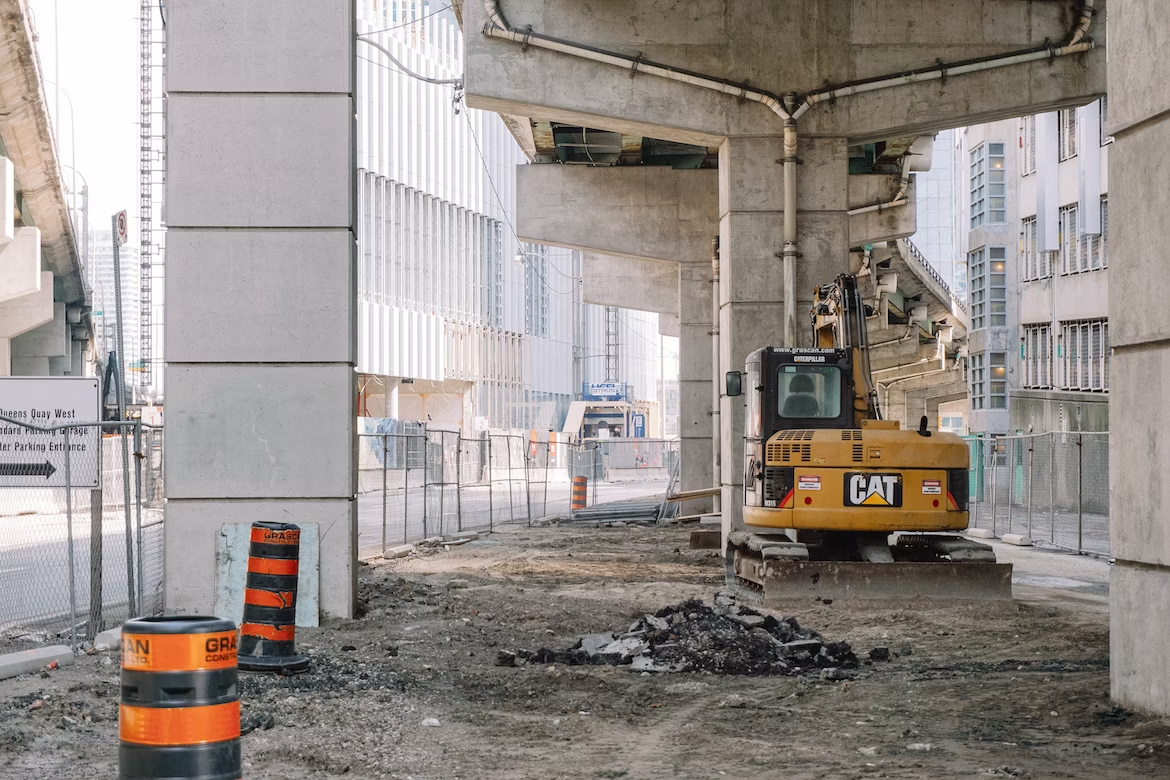Comments
- No comments found

A concrete structure's sustainability and functionality depend on the concrete quality from the beginning of a construction project.
A structure's foundation must be created with durability, strength, and sustainability in mind. Before any construction begins, a concrete quality check is very critical. This is because the amount of concrete in any construction is always excess. It holds the resistance element from wind, water, and snow destruction.
The concrete's quality ensures the structure's safety and prevents collapsing. Conducting concrete quality checks follows a guideline that ensures each stage passes the tests. Let's explore this guide on conducting a concrete quality check.

Preconcrete quality checks are assessments done on the ingredients that will be used to make concrete. The main ingredients used for concrete include cement, aggregate, and water. As you explore test equipment, consider Deslauriers to get authentic results that will result in quality structures. The quality of these ingredients is assessed and approved to mix only when they pass the tests.
The quality of cement entails checking texture, temperature, color, and more. The quality tests carried out on cement are to determine its strength and reliability. Cement should be checked out for quality once every two months. Cement should be used freshly and within 30 days from the date of manufacturing. This is because cement absorbs moisture in a process called hydration, and the more moisture is absorbed, the more it loses its strength.
Tests should be repeated for three months to determine if it is good for use. Good cement should be light grey; when you notice a darker color, this means there is an excess of clay or lime. The best cement should be free from lumps. The temperature of construction cement should feel cool. If you notice some warmth, consider replacing it with another bag.
The standard specification of a concrete aggregate should conform to specified values. Concrete quality is highly affected by the aggregate's shape, water absorption, grading, and durability. The aggregate should be rough, purified of dirt, strong, and free from other coatings.
Broken stones should make the aggregate because they form a good bond with the paste from the cement. The strength of aggregate should be prioritized because this makes the foundation of a building. However, sand grading should be within the limit within which the sieving zones are set.
Water is important in making concrete because it provides the medium through which the paste is formed. Water should be purified of chemicals and other impurities. Allow the water to settle before you can use it for concrete. Further tests can be done by using concrete cubes for at least 28 days, within which the strength of concrete cubes should not be less than 90%.

Mixing designs used to manufacture concrete depend on the type of construction at hand. Quality concrete should be made in a laboratory with the same elements to be used on-site. There are building codes that set standards for the ratios required in mixing concrete.
Accurately mixing concrete will make your construction economical, durable, functional, and sustainable. Different types of construction require different kinds of mixing designs. For instance, a bridge construction would require more coarse concrete. The batching process should be closely monitored simultaneously with weight. The site engineer should supervise the batching process. You should also ensure your mixer is always charged to capacity.
The mixer's speed should be around 15-20 revolutions in a minute. You should avoid segregating when you unload the concrete from the mixer. Ensure you work with the concrete while it is still fresh because, at this point, it is at optimum strength. Fresh concrete bonds effectively.
Post-concrete tests are done with freshly compressed, compacted, and laid concrete cubes. When you are working with ordinary concrete, you can scoop some concrete from the one made on-site. The cubes should be waited on to harden and checked for their trueness in sizes and shapes. You can manually check the concrete's quality by checking the general surface.
There should be adequate cover on the reinforcement, but if it is visible in any structure, that section should be rejected. The strength of concrete samples should be determined after 28 days. The designated timeline will determine whether the construction engineers will use the concrete for construction.
Concrete is the main element that bonds other building materials. The quality of concrete can only be determined fully through tests with reliable equipment. However, some tests can be done manually, so it is best to utilize equipment for optimum results. Be sure to ensure quality because you will have a strong and durable building in the long run.
Leave your comments
Post comment as a guest